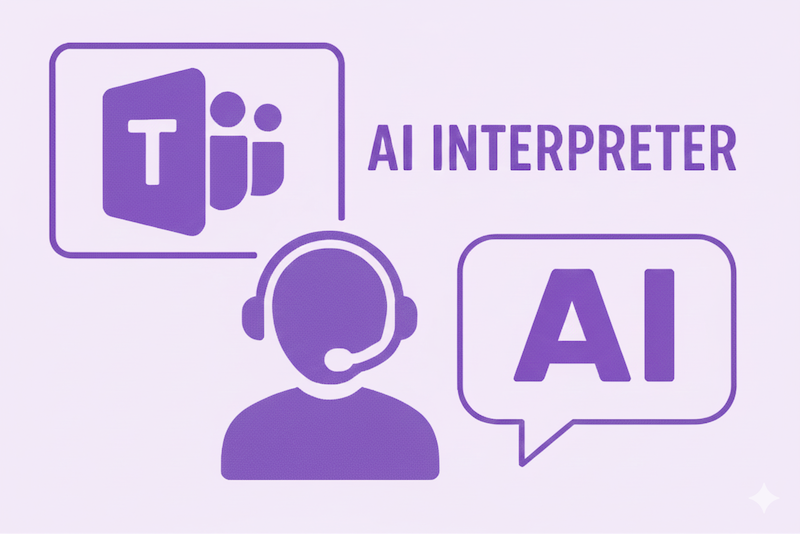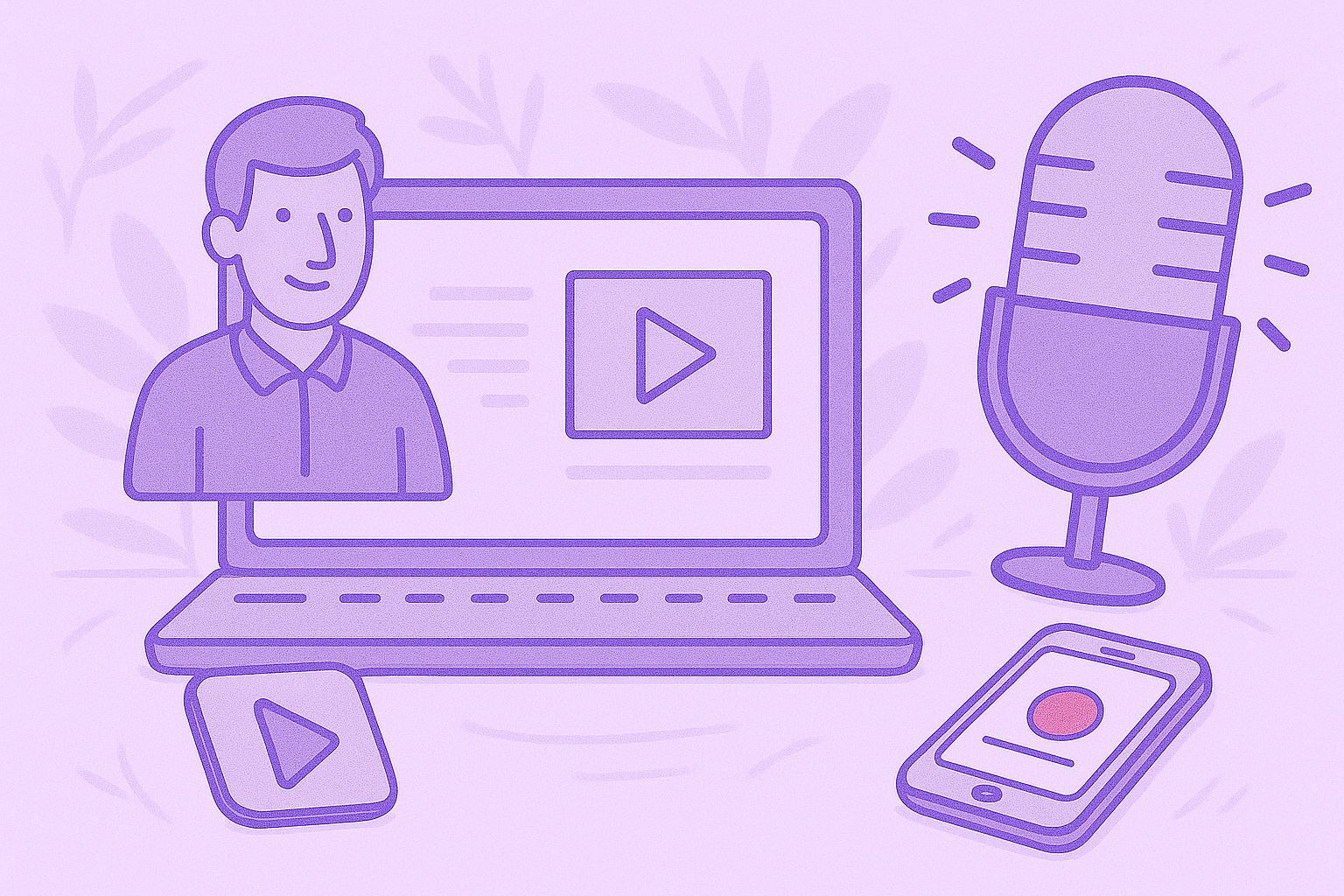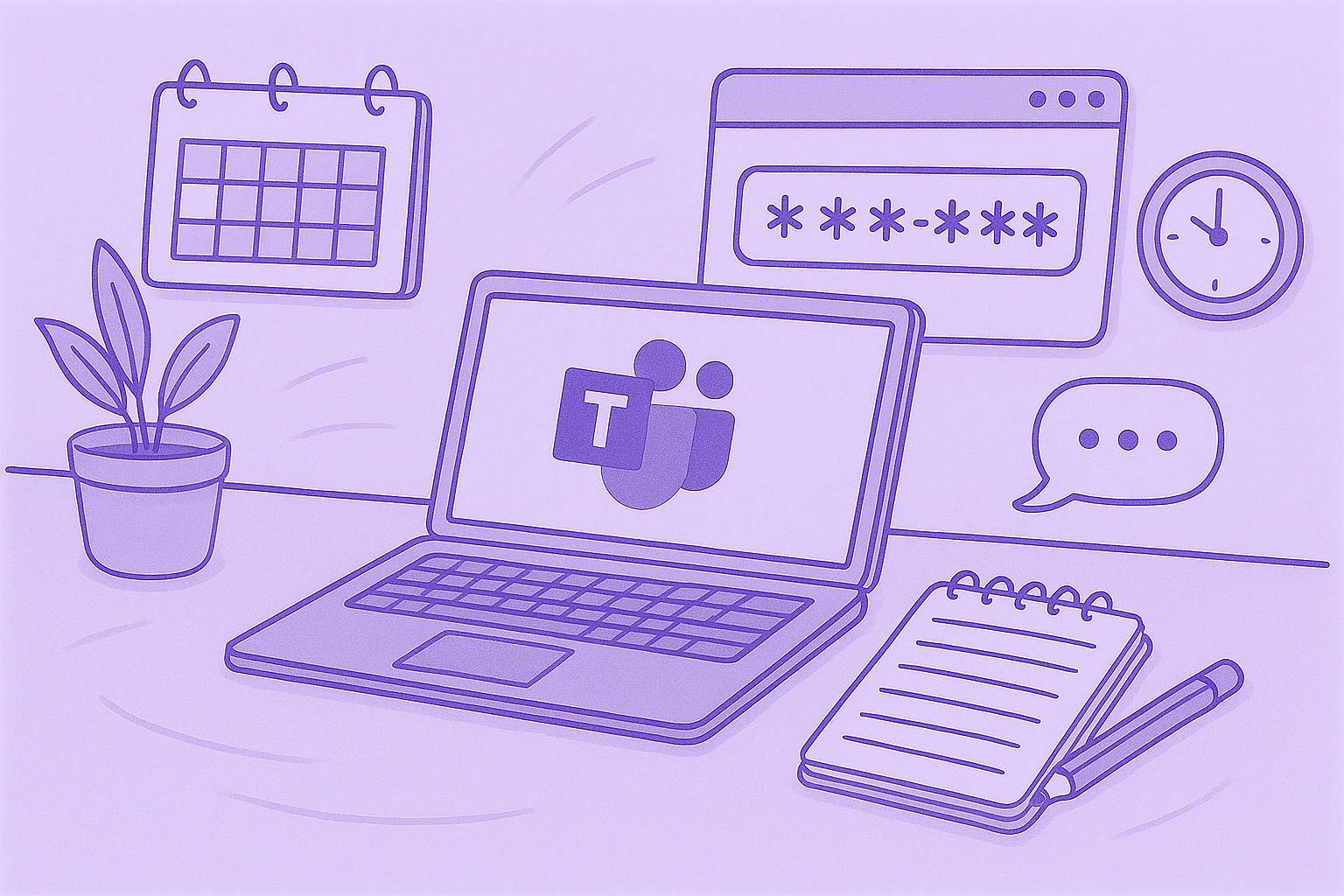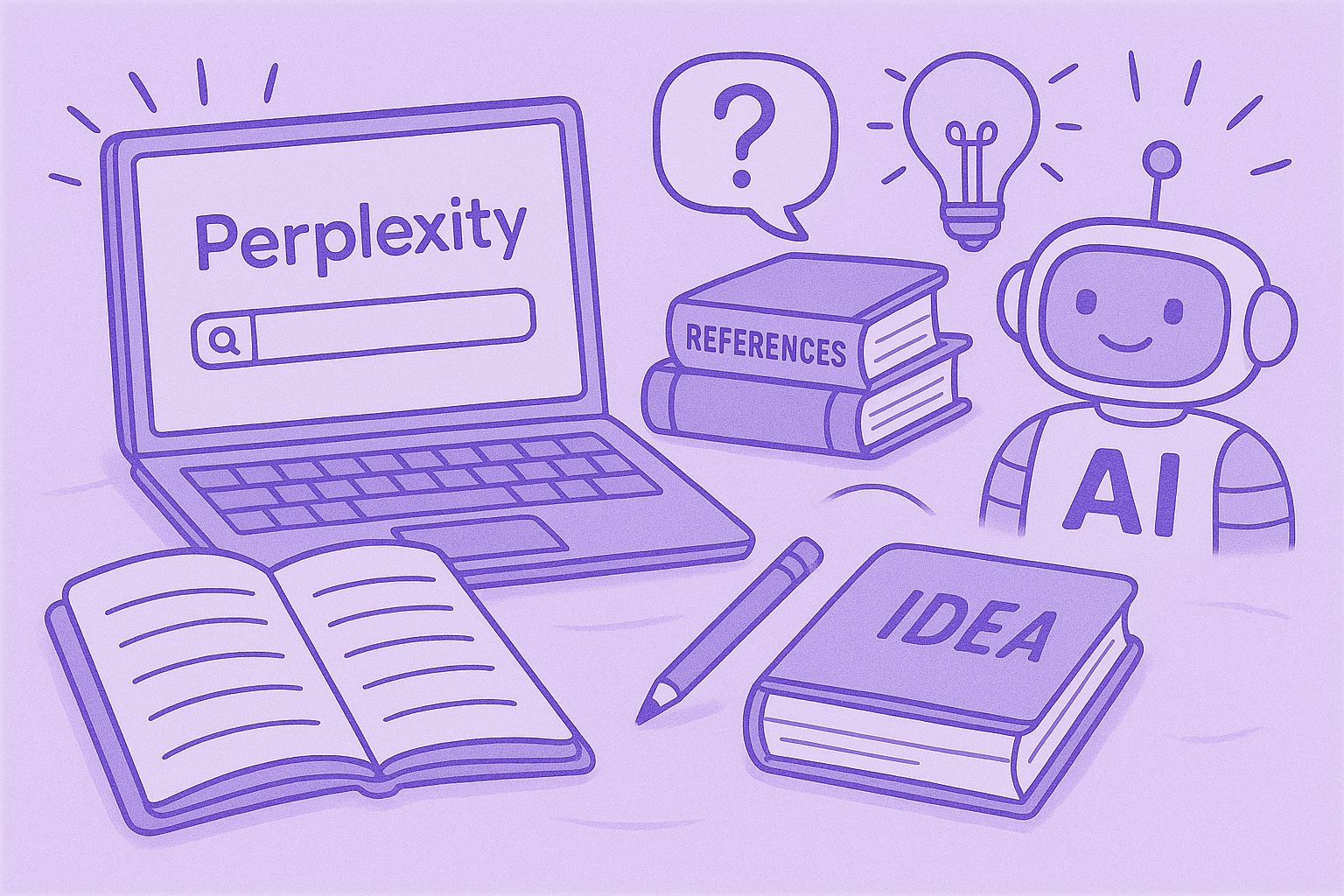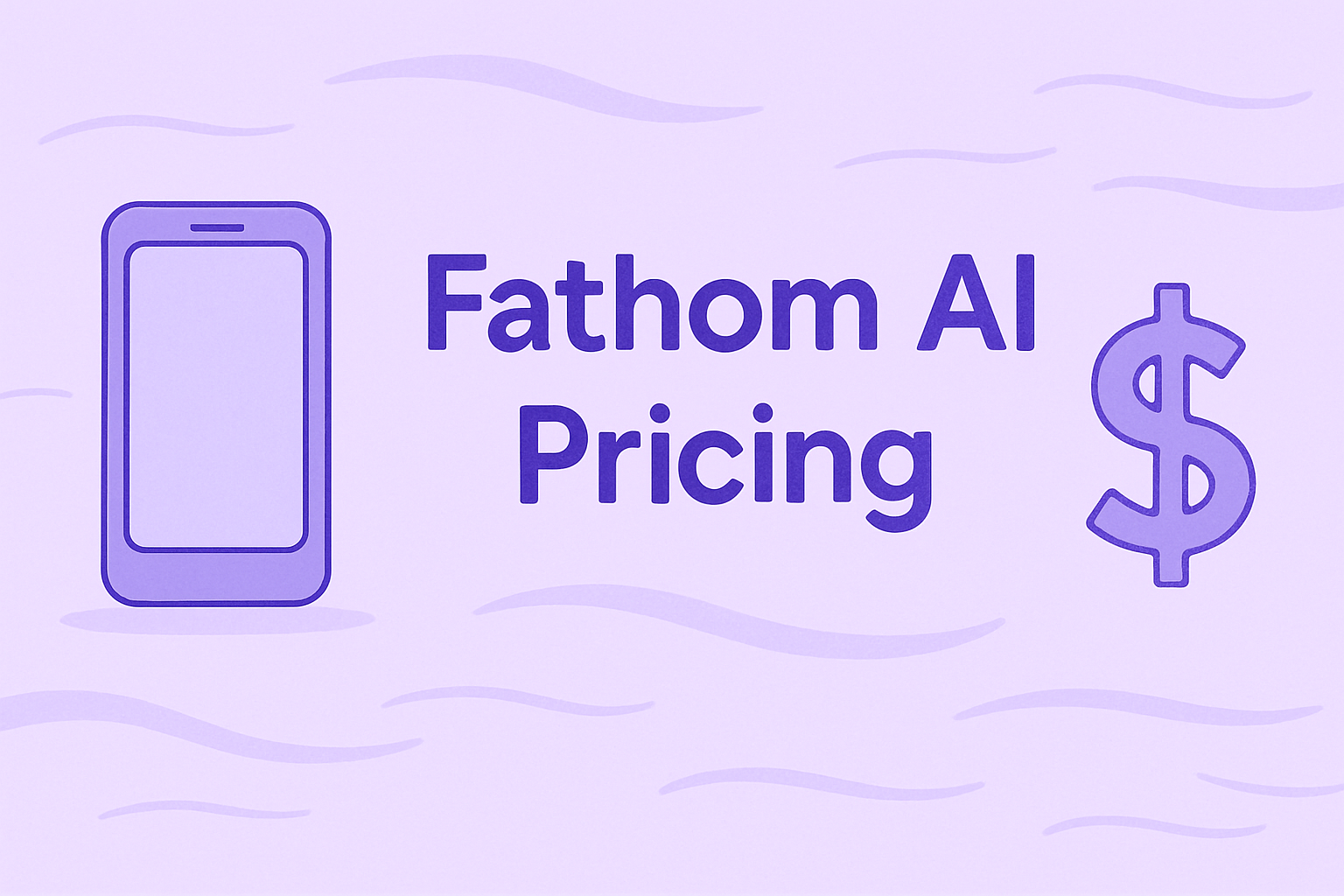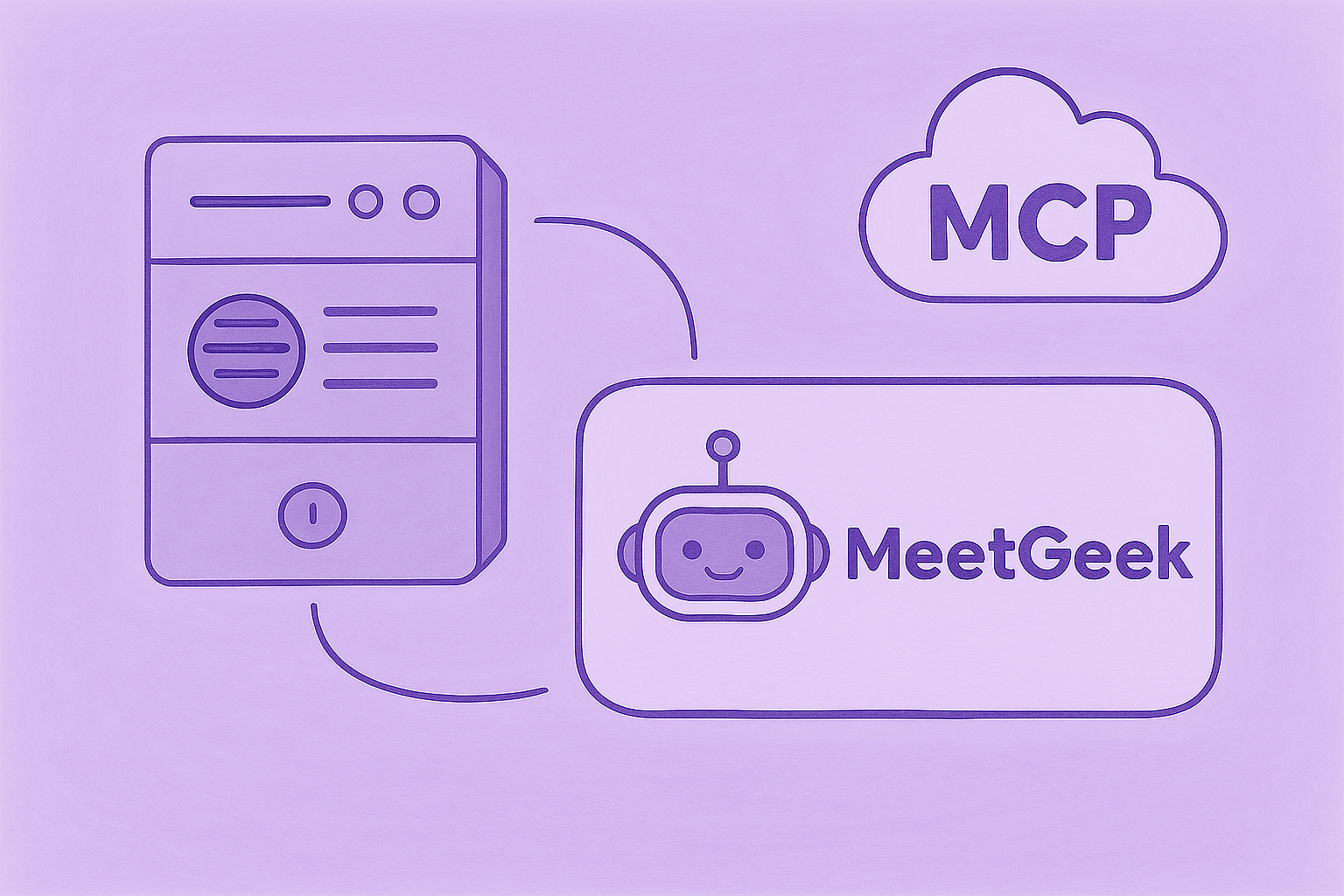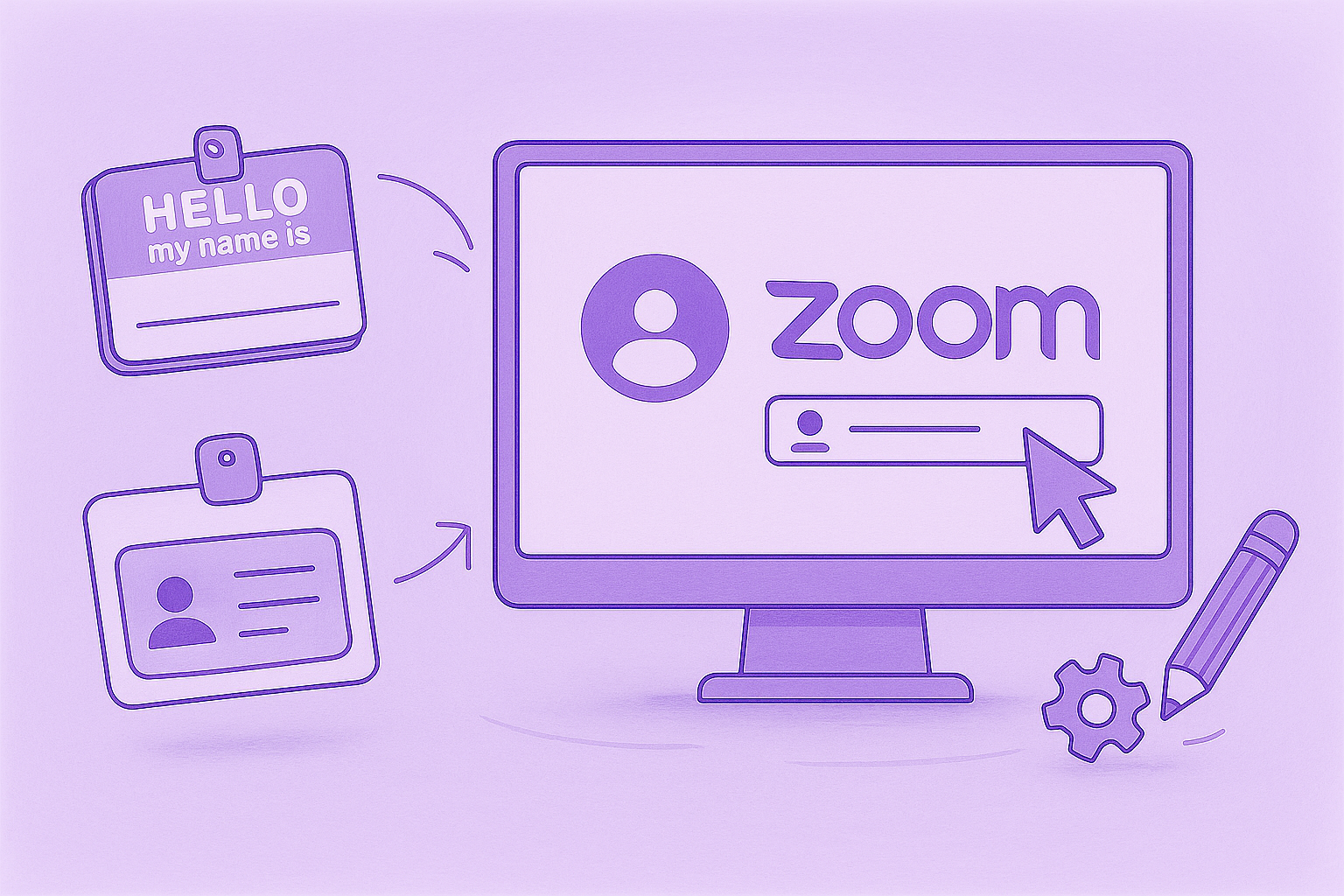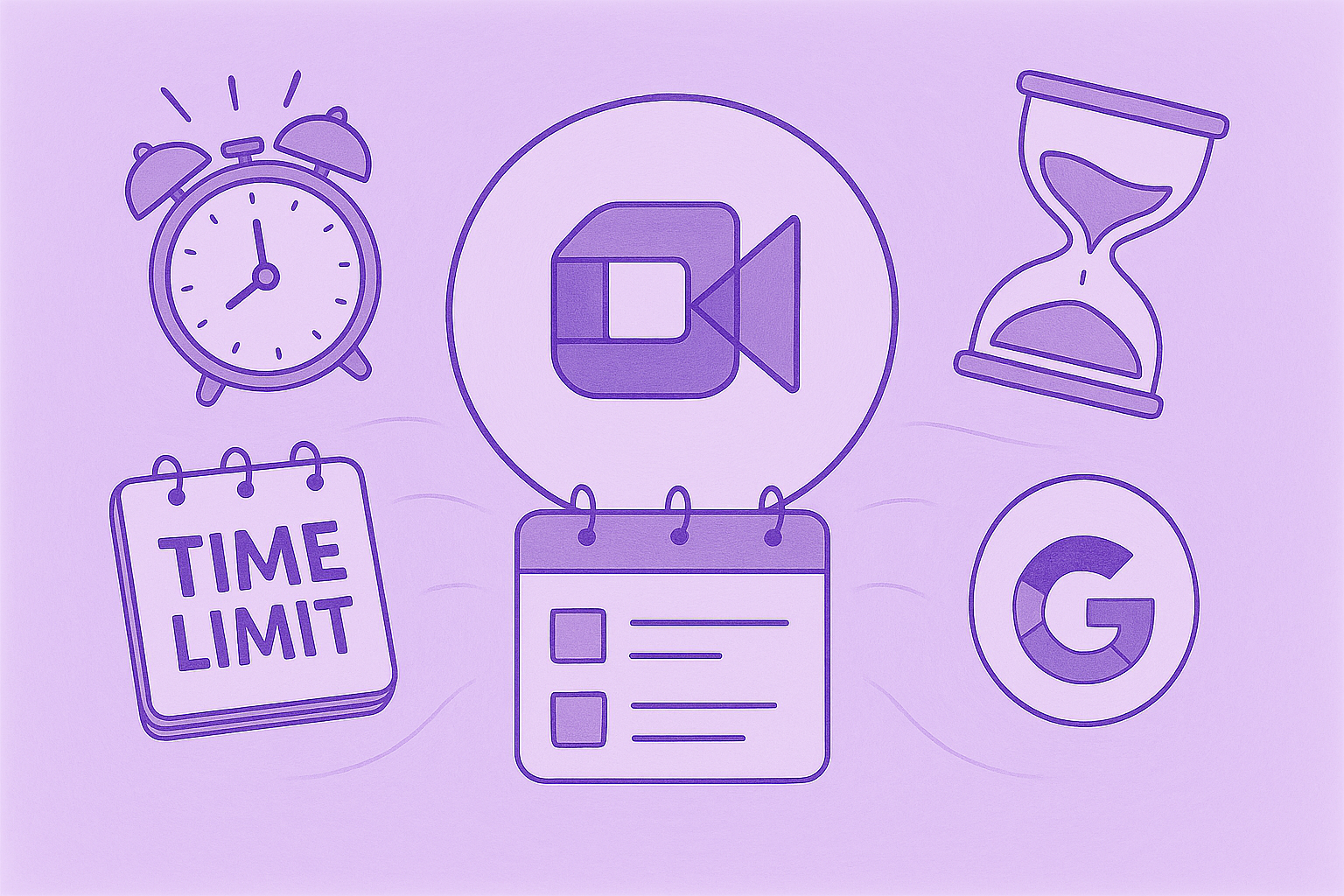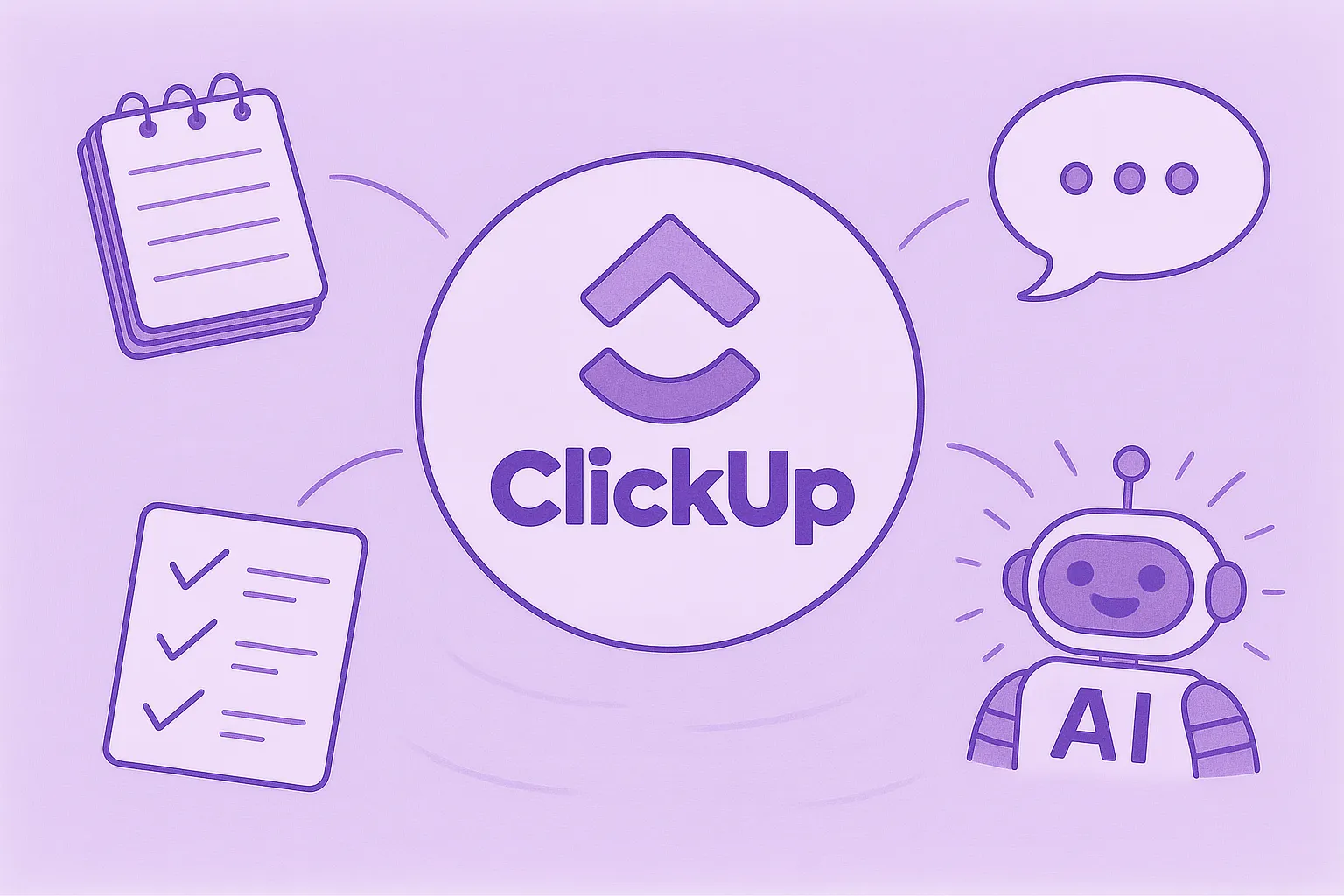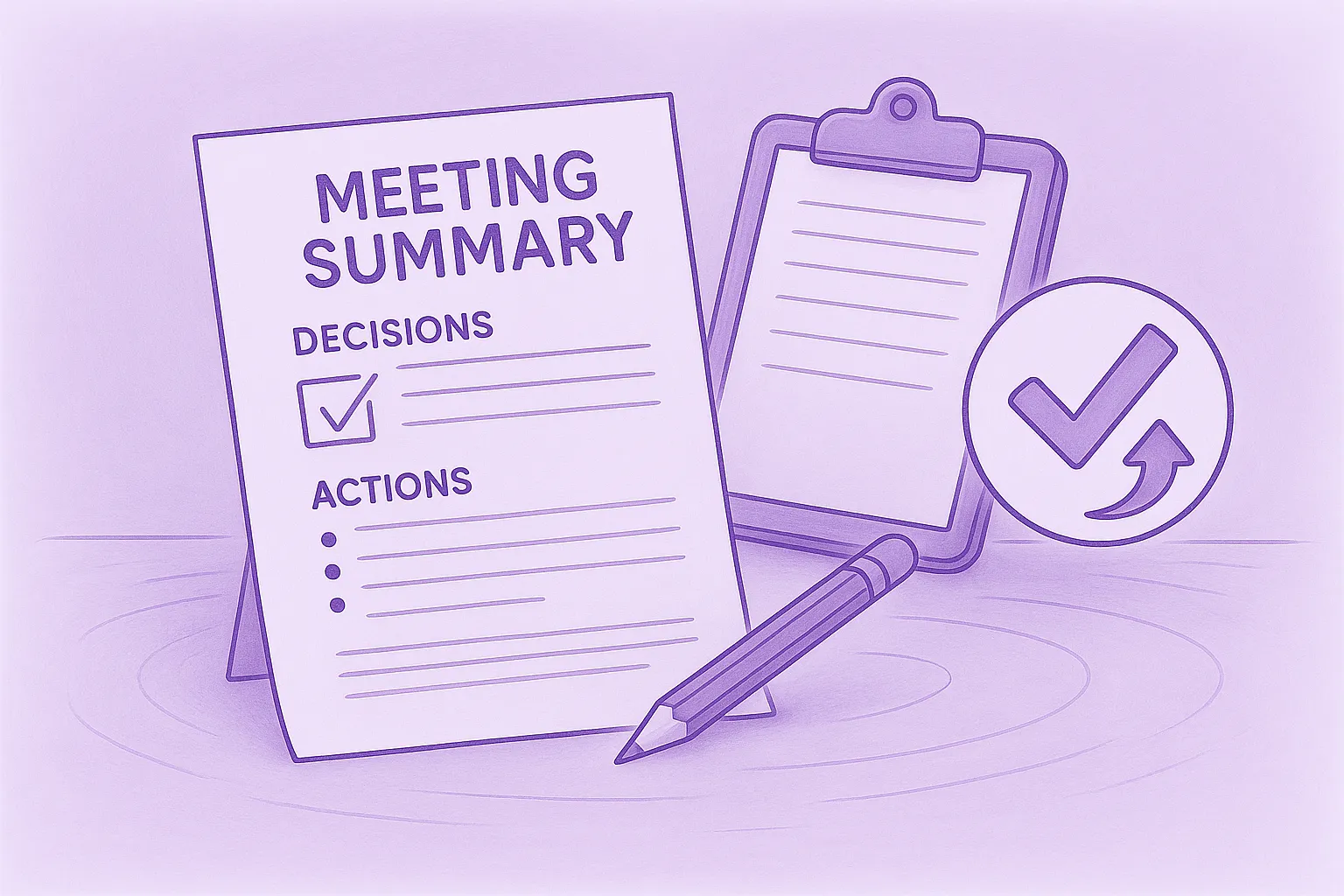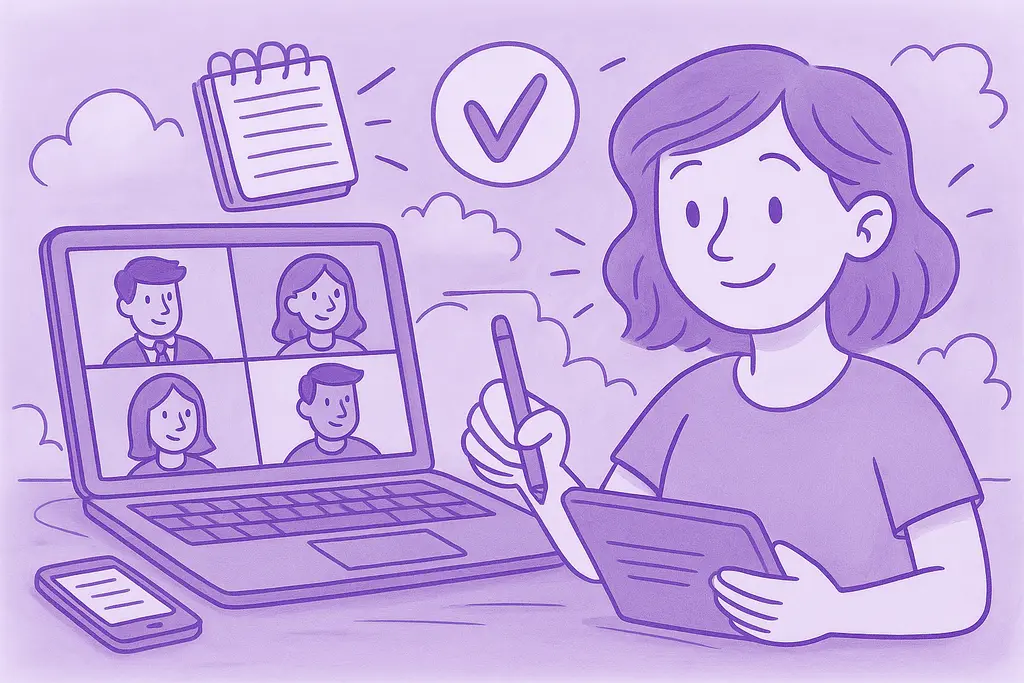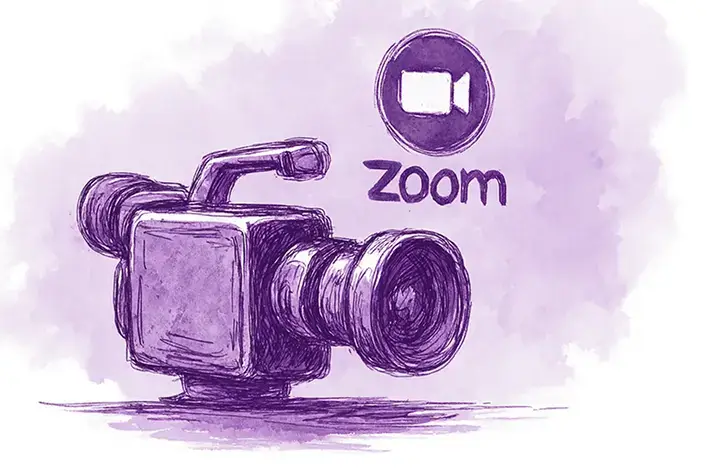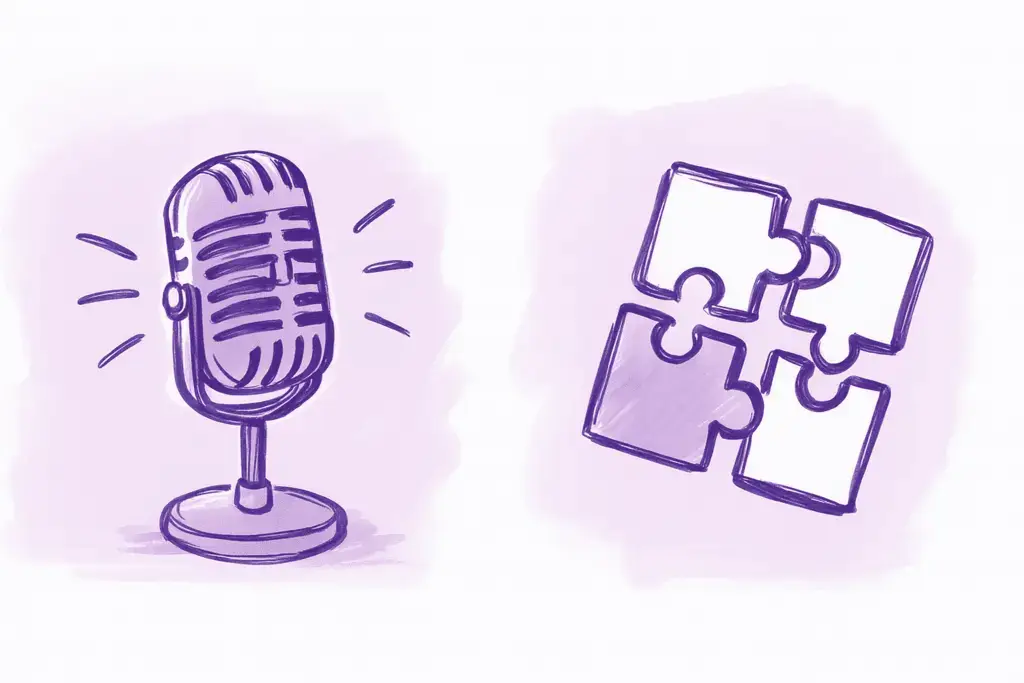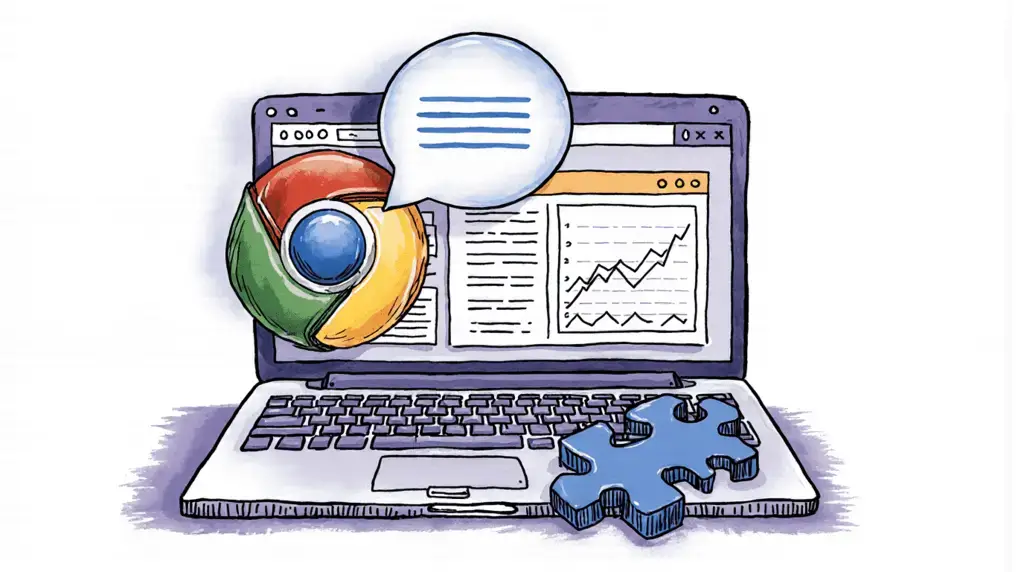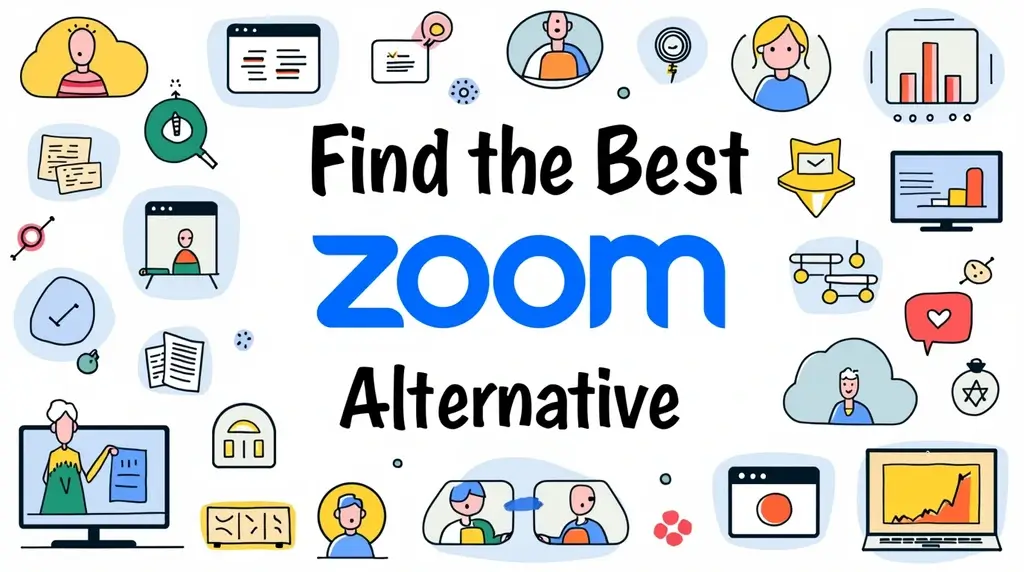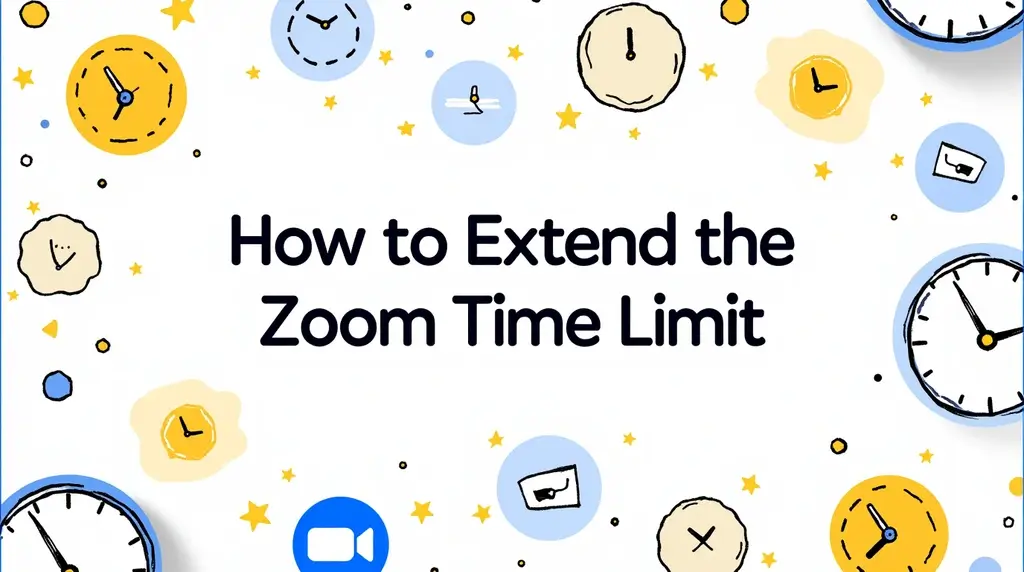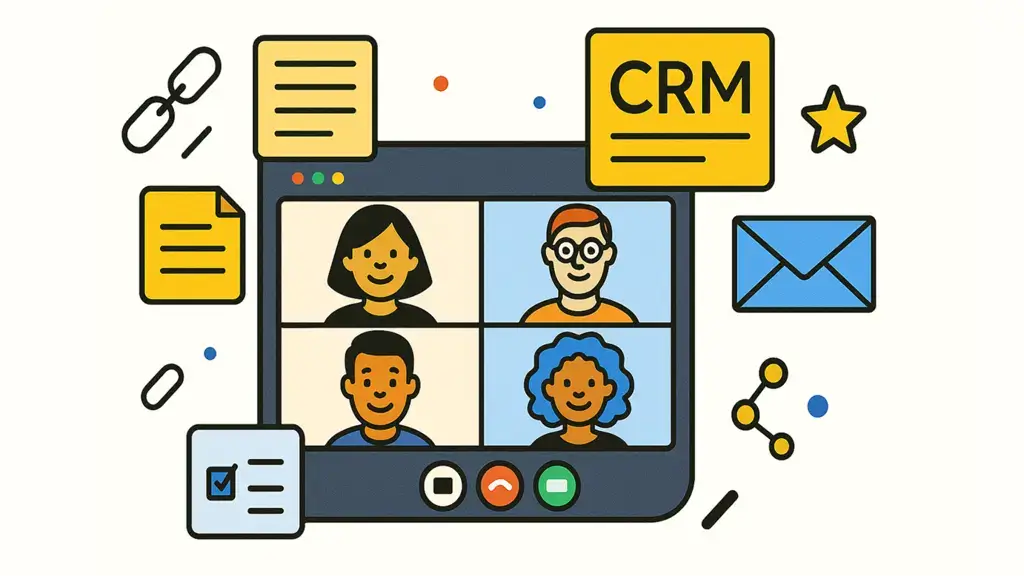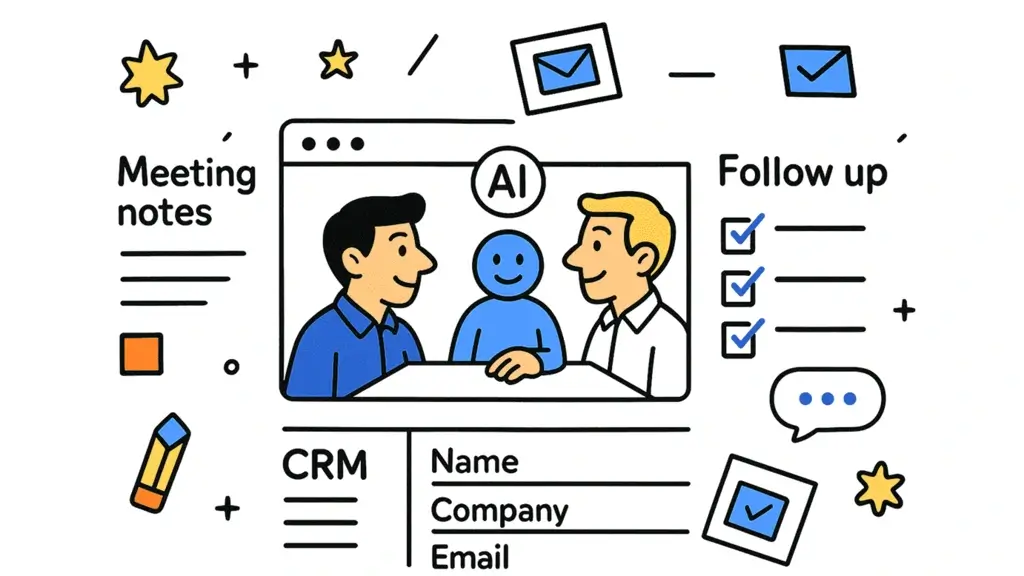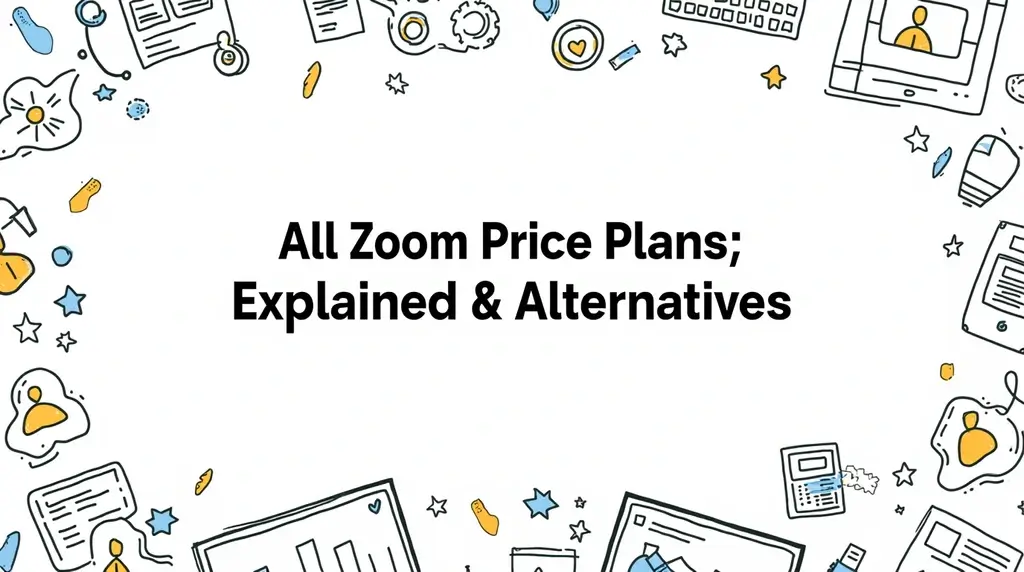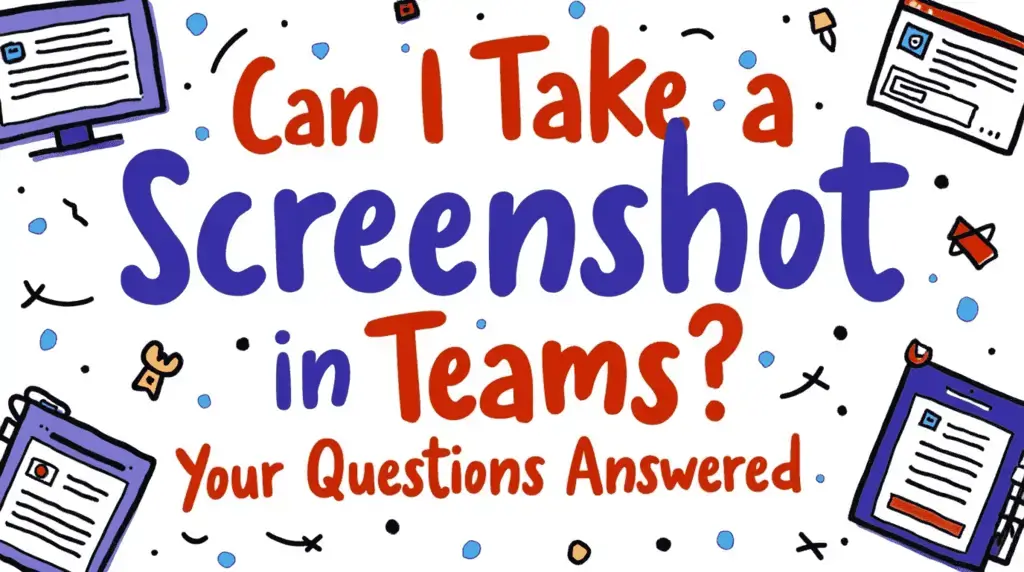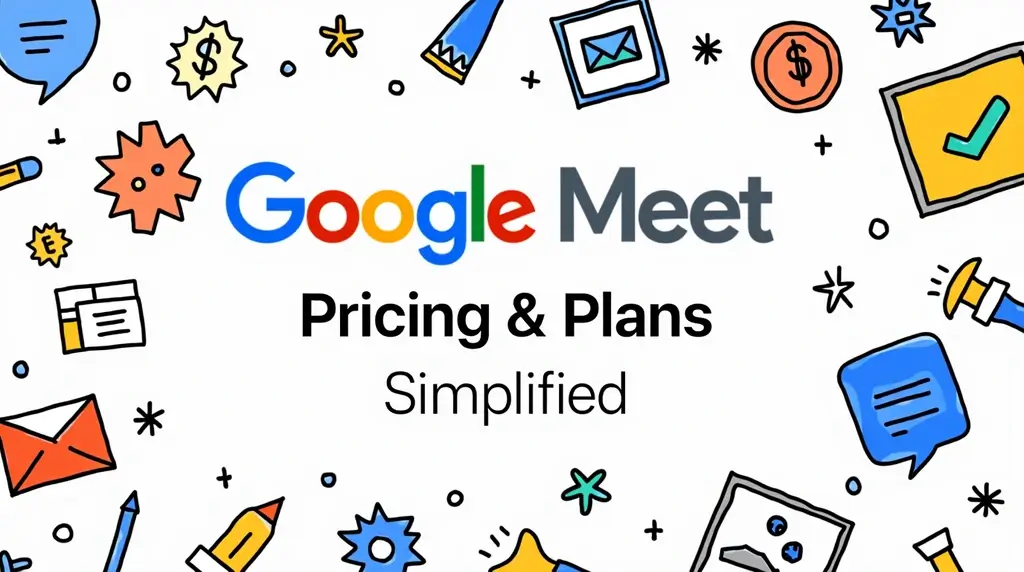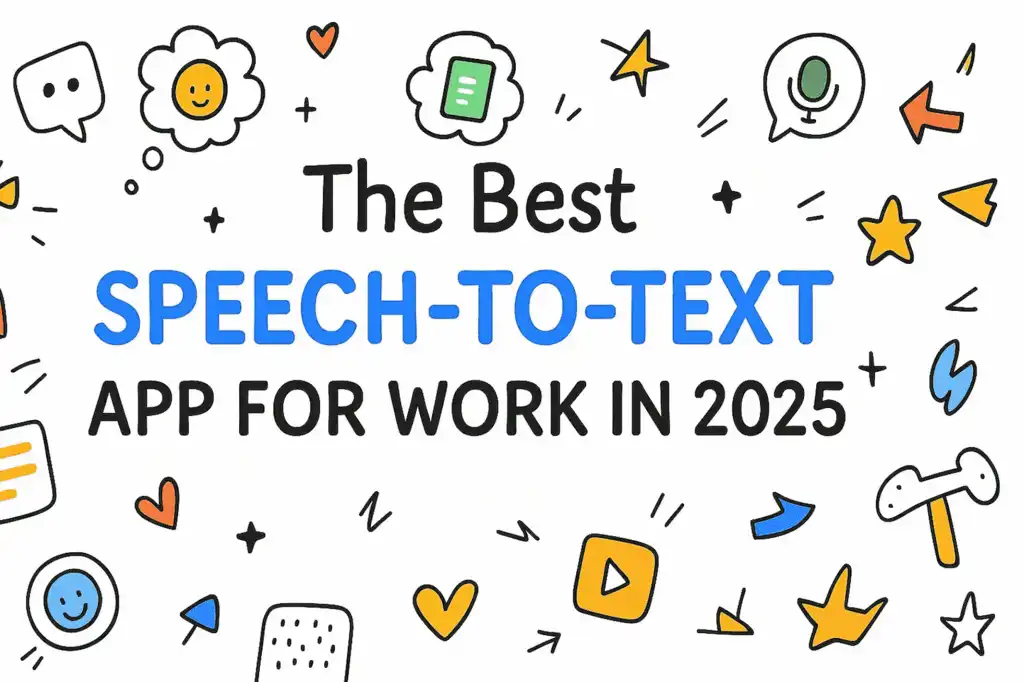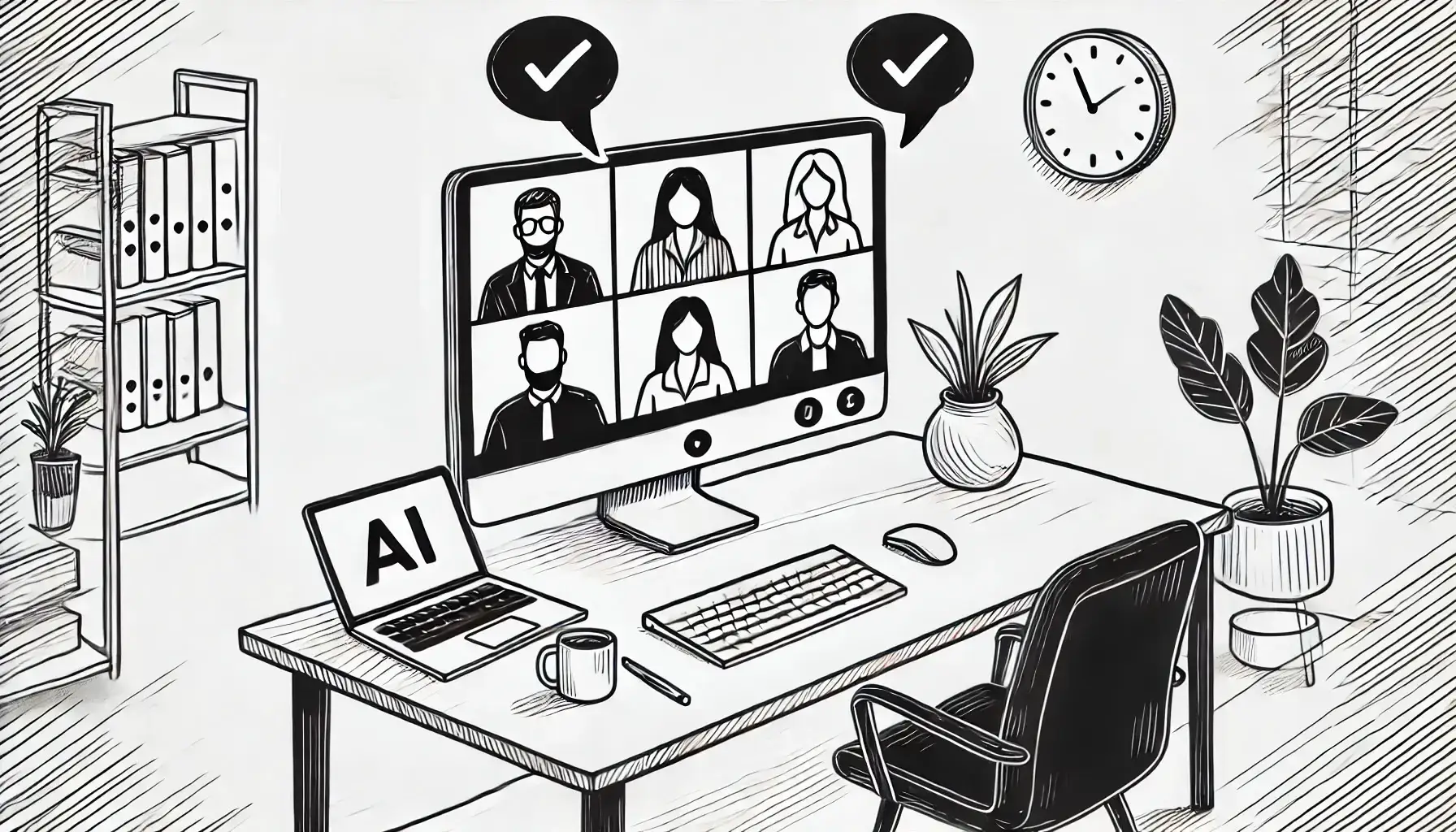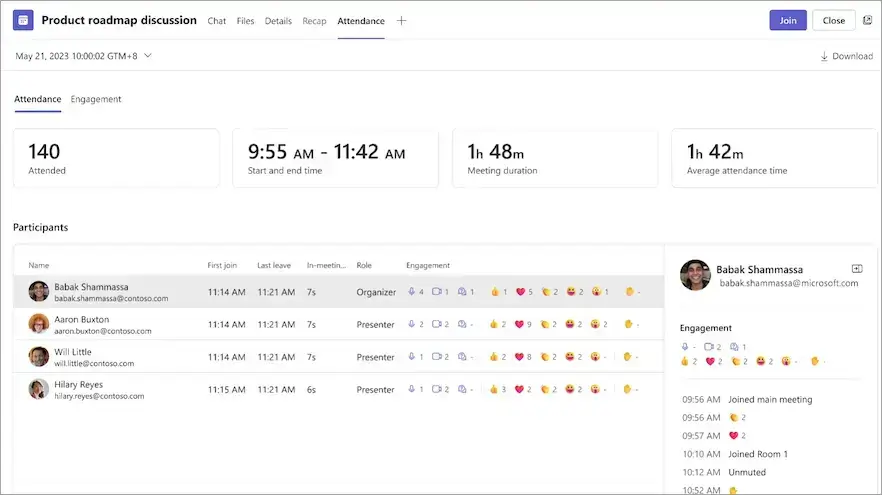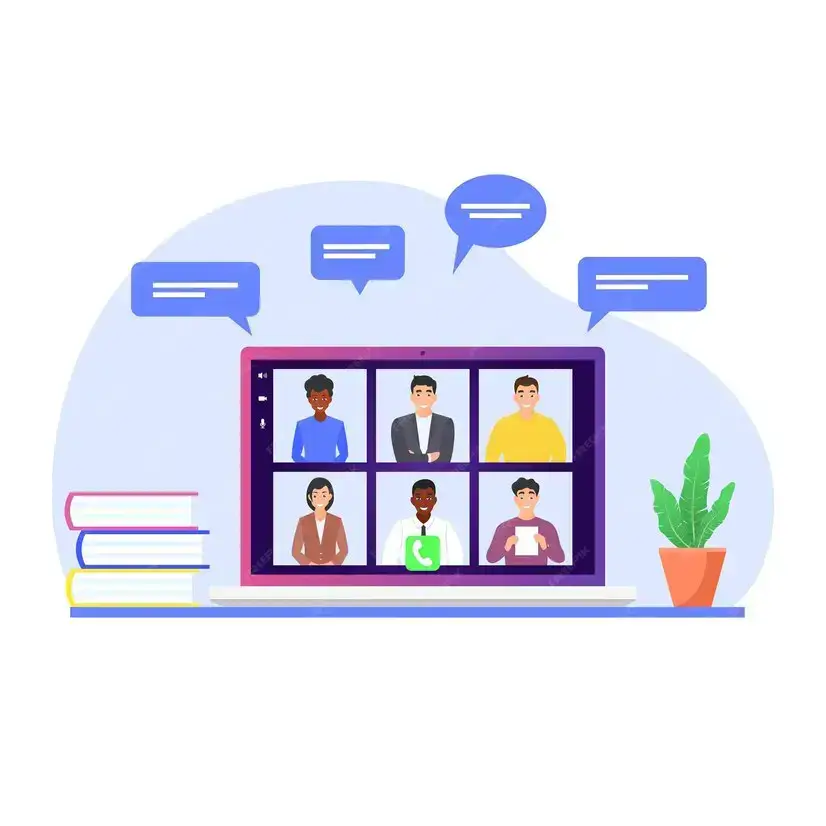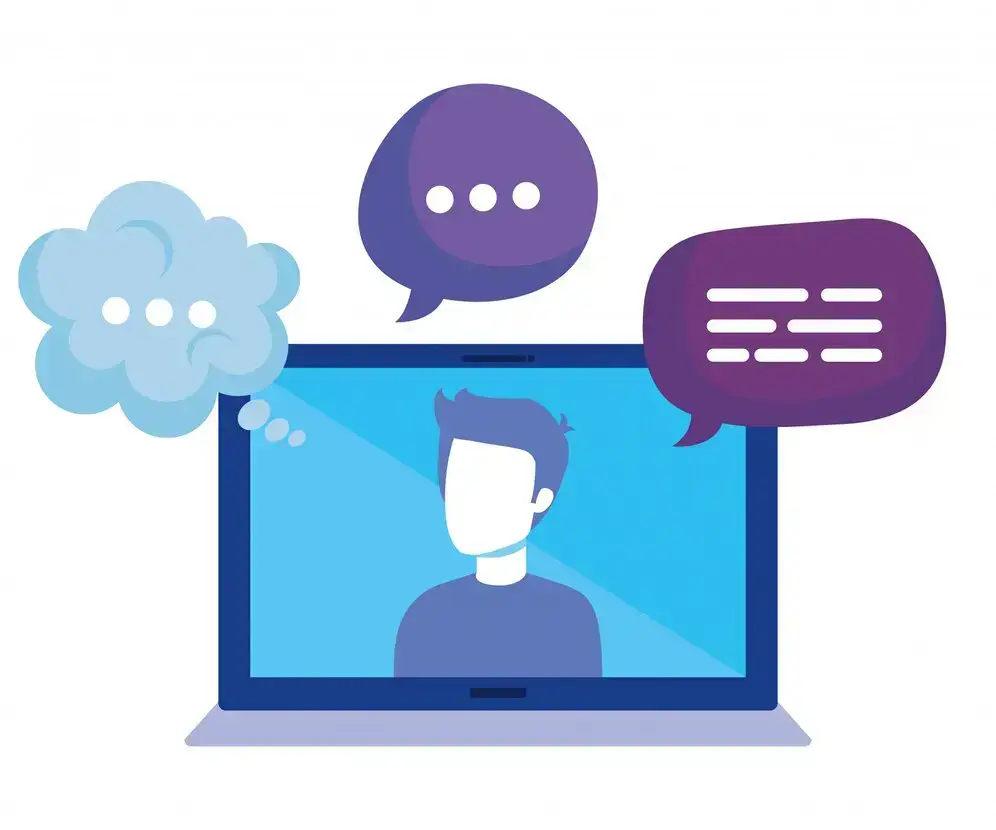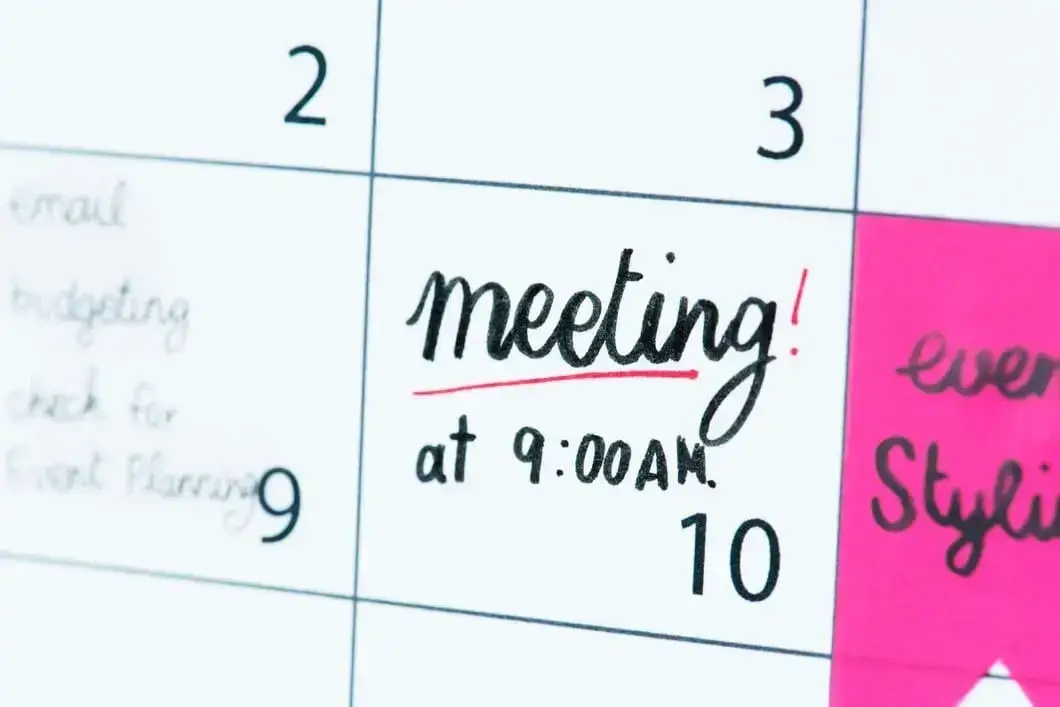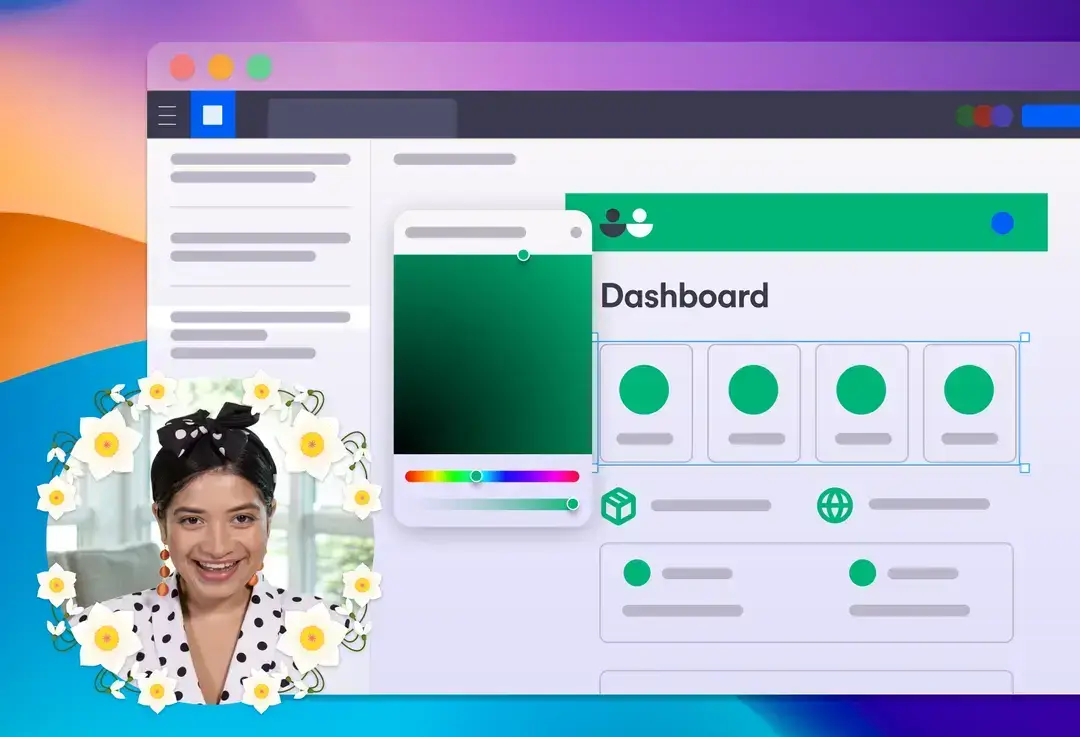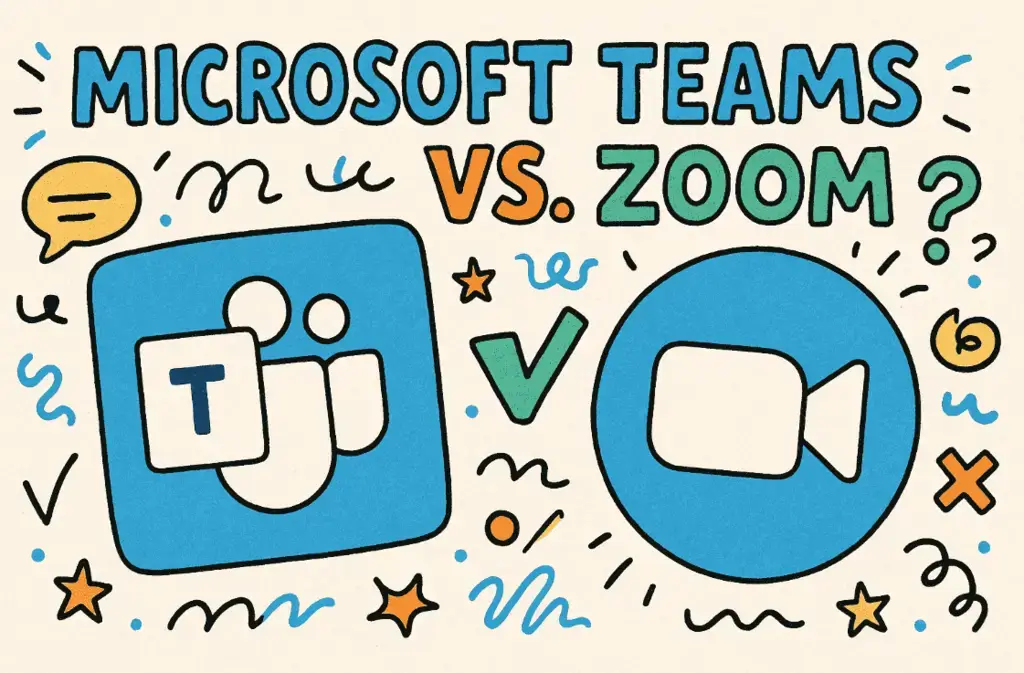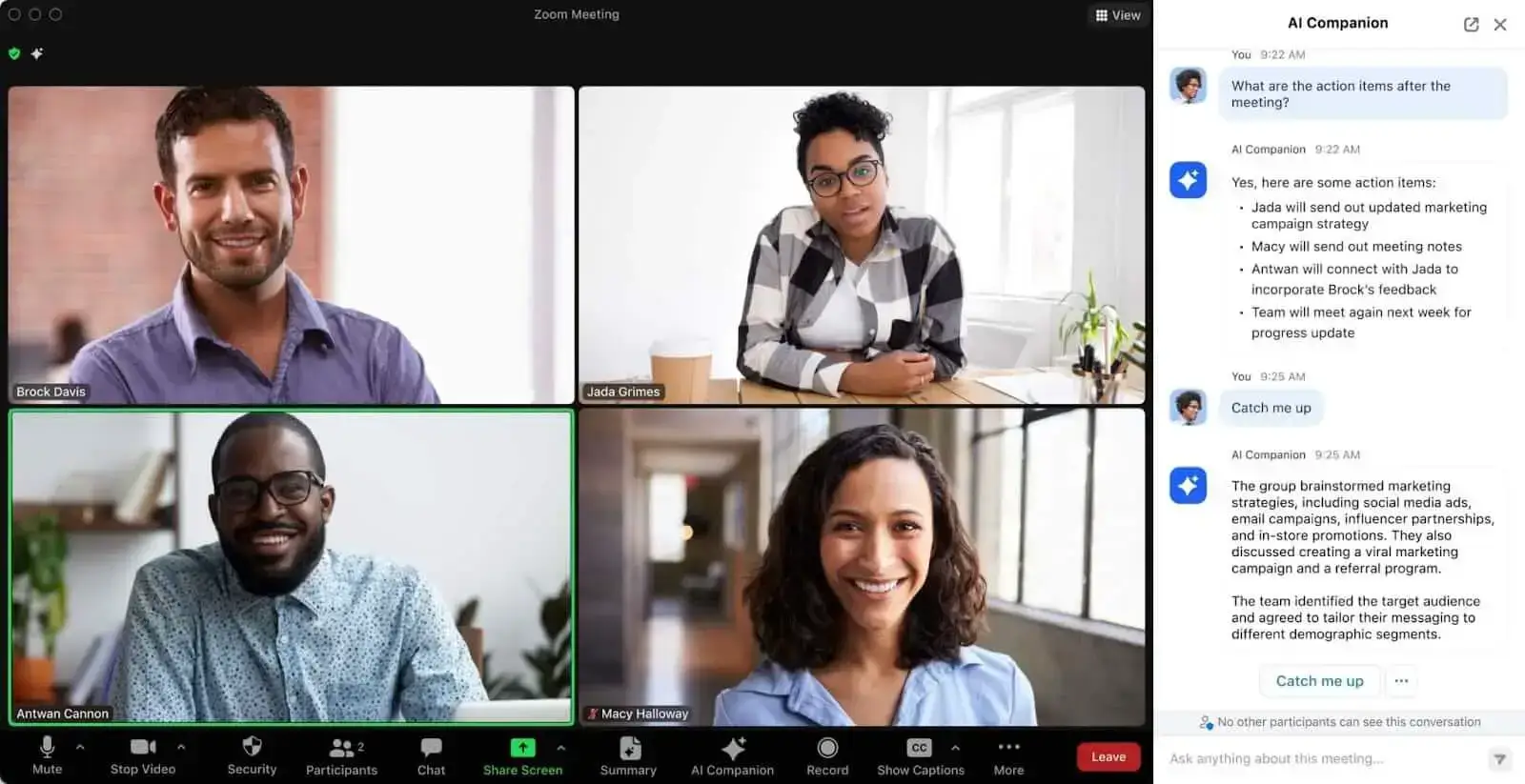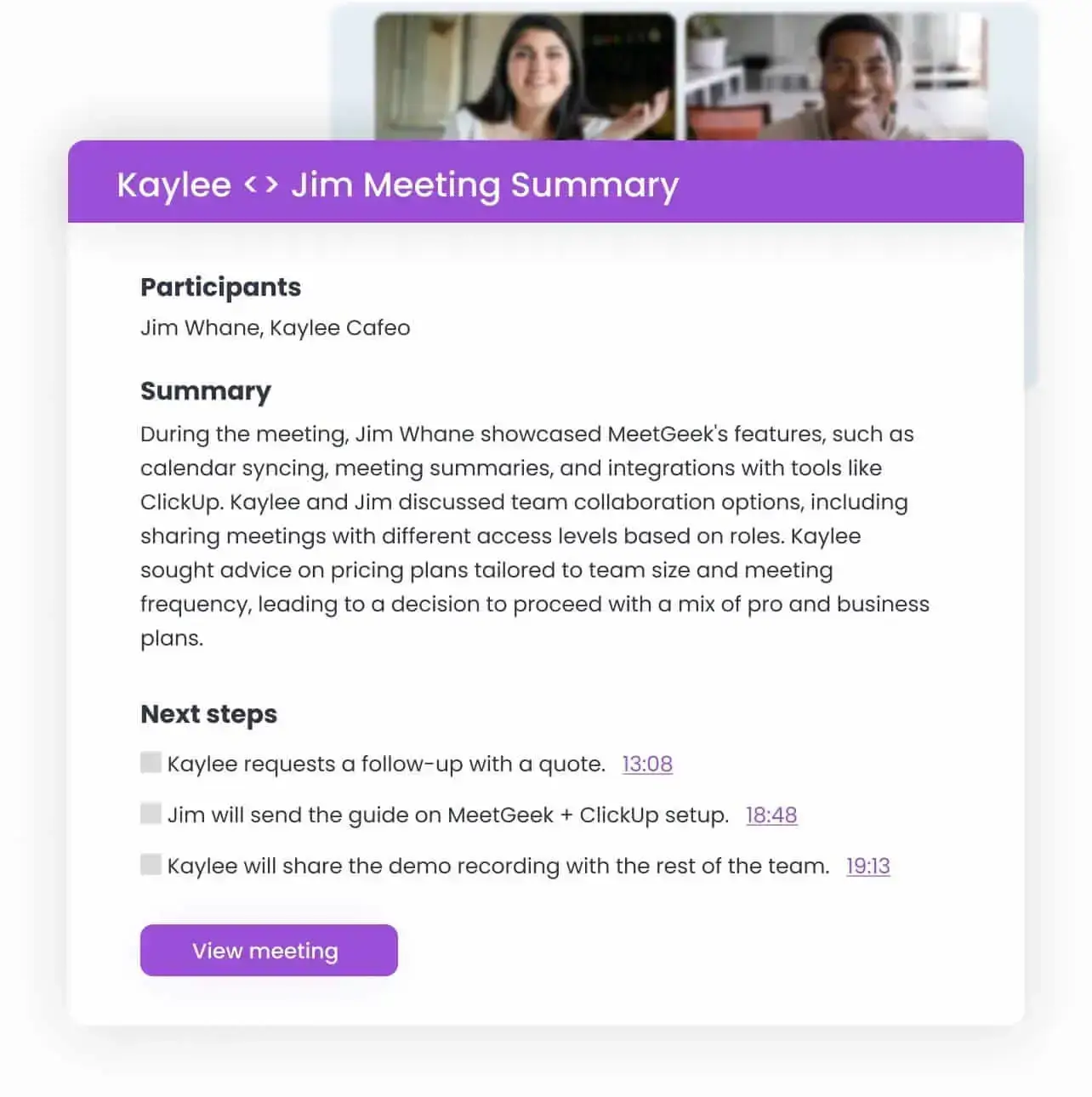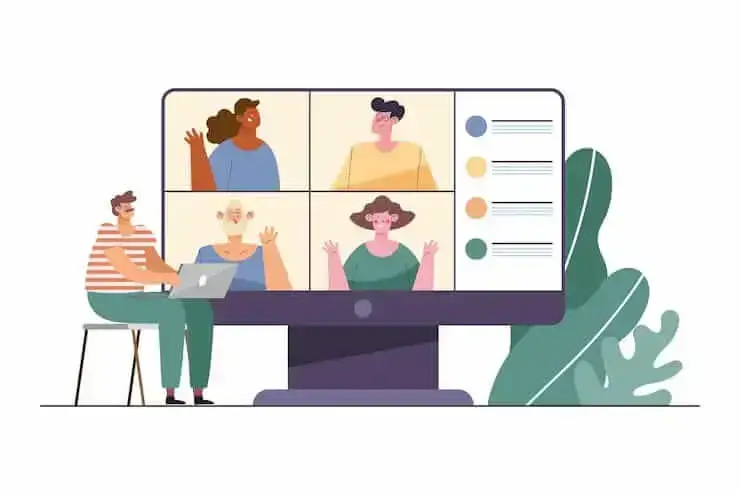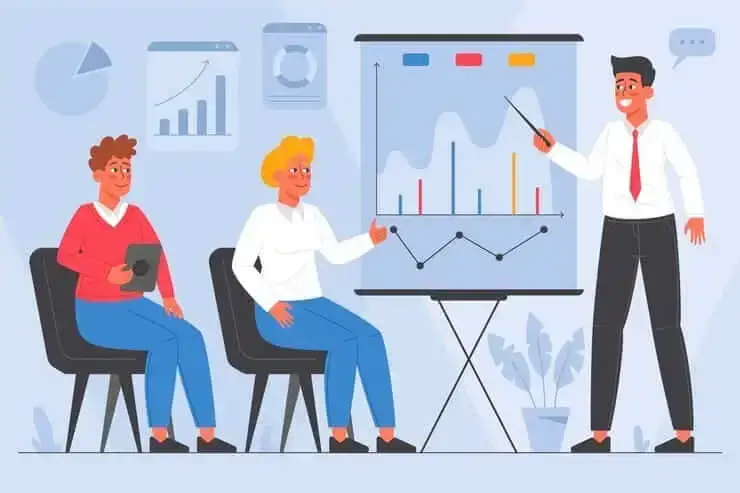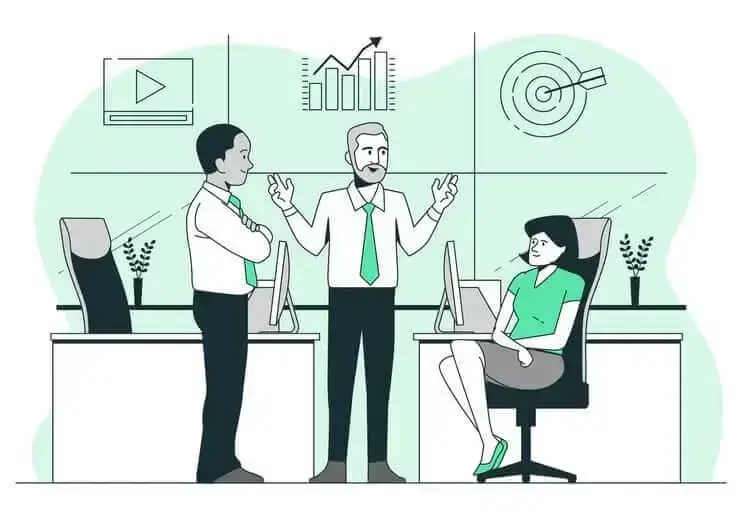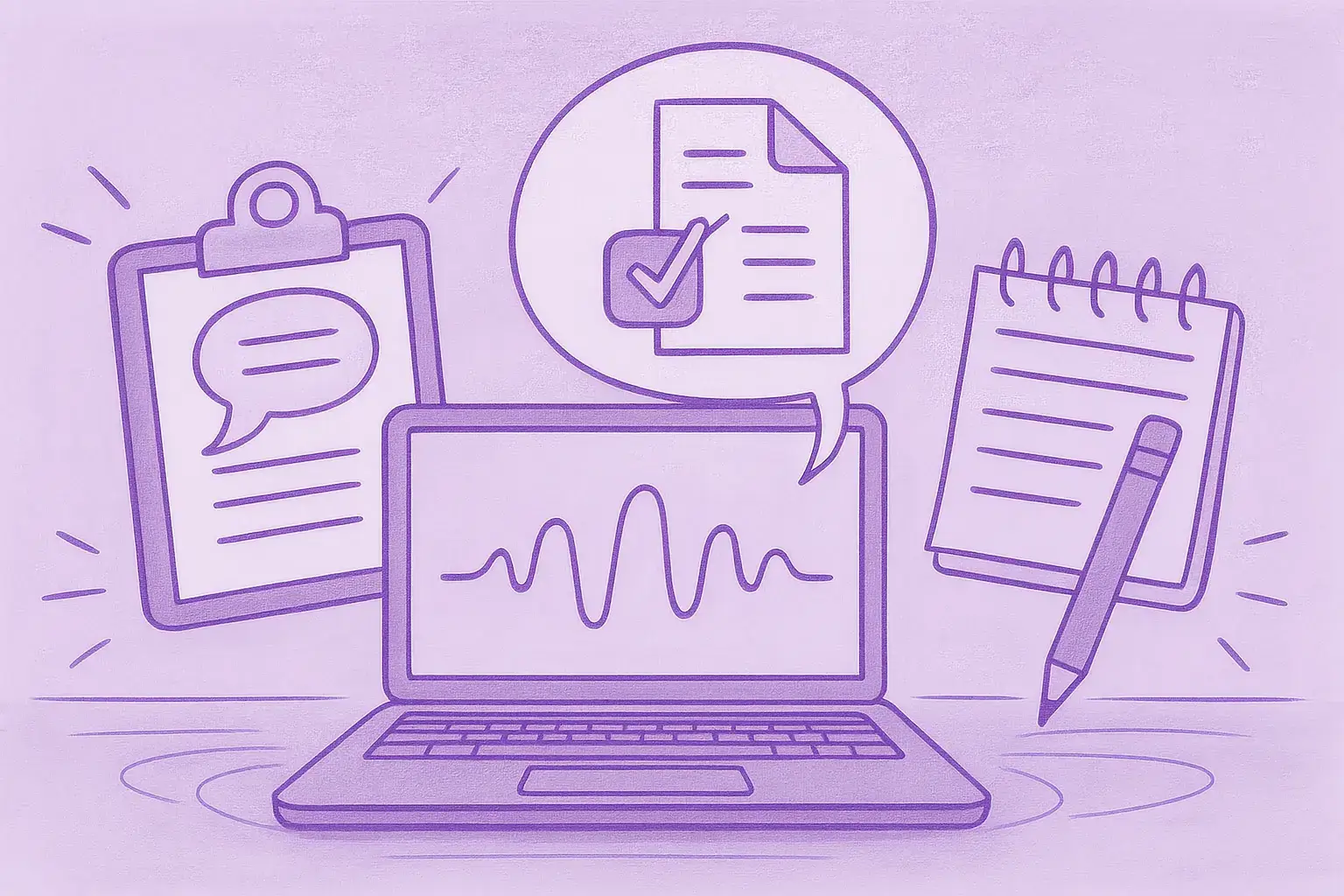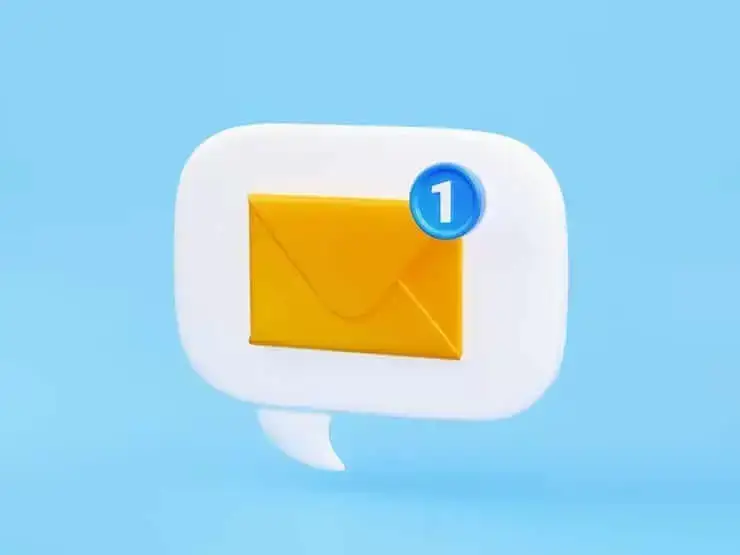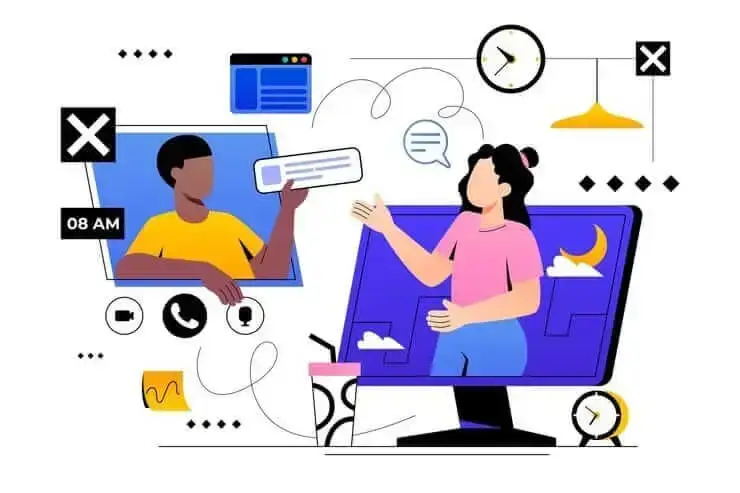How to Create a Killer Talk Track Your Sales Team Will Use
A good talk track is a tried and tested way to engage potential customers in conversation and boost your sales. Here’s what you need to know!

✅ Free meeting recording & transcription
💬 Automated sharing of insights to other tools.

Image Source: senivpetro on Freepik
Successful selling comes down to understanding the art and language of persuasion, so it's imperative to get your talk track right and face the facts: the hard-sell approach is outdated and doesn't cut it anymore.
If you're often met with a swift 'no' or if your prospects are asking you to just 'send an email', it's time to rethink your sales talk. Keep reading to master the art of creating a killer sales call talk track and move your sales process forward!
What Is a Sales Talk Track?
A talk track is a powerful tool used by sales professionals to help close a sale. It contains a set of phrases that make complex concepts more understandable and relatable, allowing your customers to feel connected to your sales proposal. Talk tracks also provide sales reps with a roadmap for their sales call, guiding conversations, answering questions, and handling objections with confidence and ease.
Why Do You Need a Sales Call Talk Track?
There are several reasons why you should rely on talk tracks when having sales conversations with prospective customers. Below we discuss the most important ones.
Clarity
Having a talk track ensures that each salesperson's approach is clear and organized. This allows them to use their time more efficiently, as they don’t have to guess what to say or fumble around for the right words.
Consistency
Talk tracks help sales teams to paint a consistent picture for customers. This makes it easier for the customer to understand the full value proposition and build trust with the salesperson and product.
Confidence
When salespeople are well-prepared, they look and sound more confident. They can better answer customer questions and provide valuable insights from a respected position.
Customization
Salespeople can use talk tracks as a guide they can adjust based on the individual customer’s needs. This allows them to provide personalized solutions for each customer and foster relationships that can lead to long-term business.
Any promising sales conversation needs two important things: a well-made talk track and a well-prepared sales team. To accomplish both of these goals, coaching your team and adapting best practices are a must. A sales CRM software is proven to help the sales team in keeping a track of the sales as well as boost customer retention
Establishing an ongoing training program utilizing a variety of formats should be a priority. Provide your team with in-person seminars, online courses, conferences, and internal resources — for instance, an in-house mentoring program provided by senior reps. Many companies also offer proof of completion for internal learning, often using a course completion certificate to recognize employee development.
To stay ahead of the curve, leverage innovative technology such as MeetGeek. Our sales AI meeting assistant supports your coaching efforts by automatically recording, transcribing, and analyzing any sales presentation or call. This ensures sales reps track customer conversations, retain all the critical information, and build a personalized roadmap to move prospects along their buyer's journey.
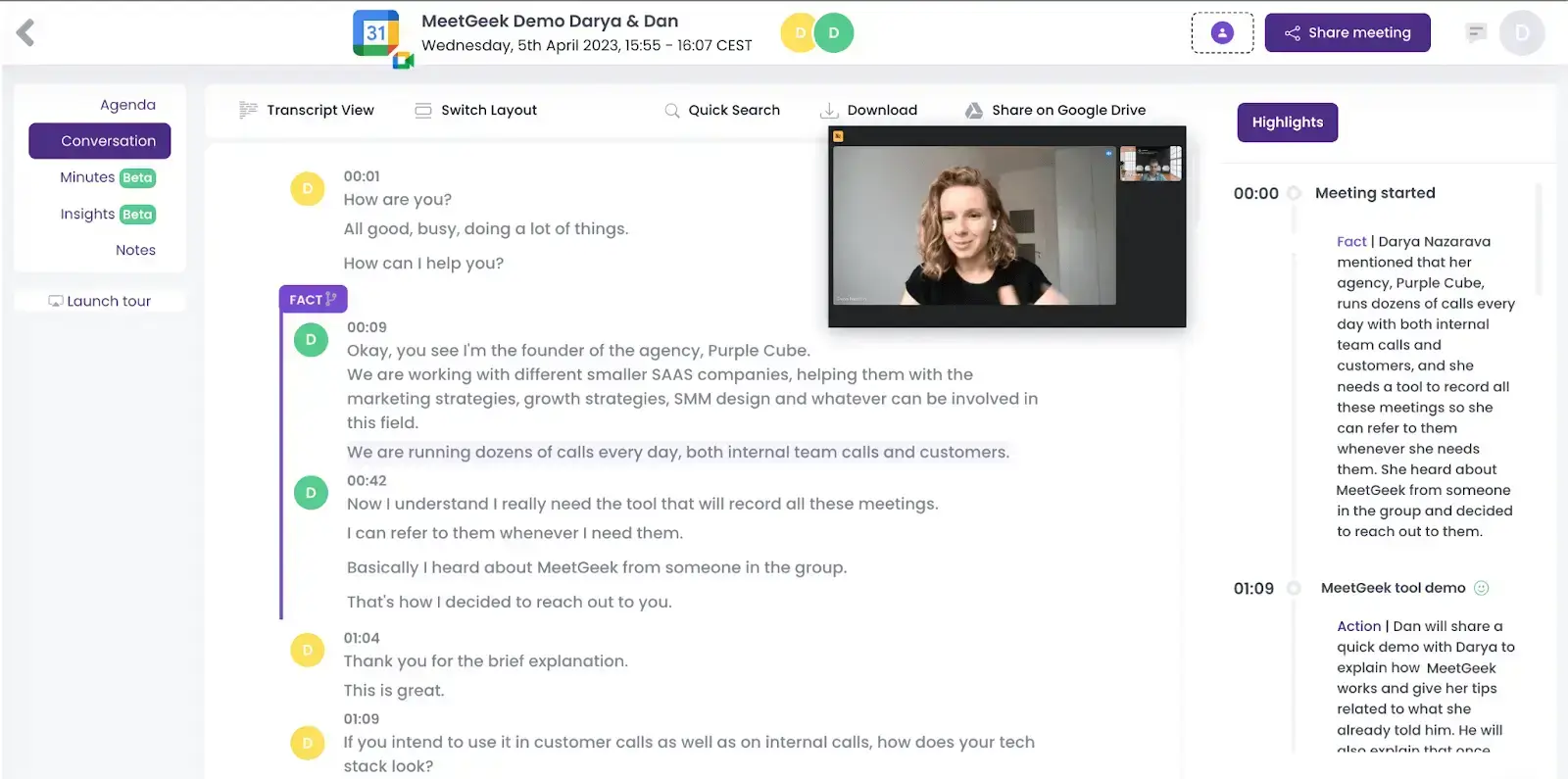
Talk Tracks vs. Sales Scripts
A. Talk Tracks
Following talk tracks can result in sales conversations that sound natural and easy. When done right, prospects will be left with the impression that they’re dealing with a skilled professional who knows the perfect way to phrase a pitch.
Talk tracks come in when the rep has a better understanding of the product and are useful for tackling complex objections or letting customers understand difficult or technical details in a clear, straightforward way.
B. Sales Scripts
Too often, sales reps resort to using pre-written scripts that are not flexible and personalized, which can make their prospects feel awkward and uneasy.
But scripts shouldn’t be discounted completely — they still offer huge benefits, as they are great for onboarding new reps quickly and easily, even if they don’t have a lot of product knowledge. They're especially useful for high-volume sales cycles or leaving voicemails.
Both are important parts of your sales process and should be part of your toolkit for winning deals.
How to Create a Killer Sales Call Talk Track
Let’s take a closer look at every step you should take when designing the perfect talk track.
1. Choose One Thing to Talk About to Avoid Information Overload
The purpose of a pitch is to grab your client's attention and give them a taste of what you have to offer. Pick one key benefit that highlights best what makes your product or service unique, and craft a narrative around it.
Don't overshare information. Instead, give a short and intriguing overview of the product or service you’re selling. Think of your pitch like a movie trailer: show off something captivating, but don't give too much away.
This way, your clients will be curious to hear more, and you can schedule a meeting to present further details.
2. Organize Your Ideas
Talk tracks and sales enablement resources are the essential toolkits for salespeople, helping them navigate conversations, address all relevant points, handle objections, and close deals more effectively. Leveraging AI for sales prospecting can further enhance this process by identifying high-quality leads, analyzing engagement patterns, and providing data-driven insights to refine your outreach strategy.
To make the process more manageable and hopefully make closing deals less daunting, break it down into these five steps:
A. Openers
Before picking up the phone for a successful sales call, remember that thoughtful preparation is key, so review your sales objectives and set an agenda that works for both sides beforehand.
Additionally, take some time to get to know the contact person and their company. Explore their website for press releases, financial disclosures, and consider any potential problems they may be facing.
When introducing yourself to the economic buyer, think through how to best approach any initial objections. To start building trust and creating interest, consider asking non-sales-related questions and expressing an interest in their company.
B. Qualifying
Successful salespeople know that focusing on the customer's issues and challenges while qualifying them is critical. However, many people are hesitant to open up and share freely.
To make the conversation more relaxed and encourage the customer to open up, try an indirect approach. For example, you could say something like, "I know that a lot of companies in your industry have faced problems with [state the problem]".
This should help the customer feel more comfortable discussing their struggles in detail.
C. Positioning
The primary goal of positioning is to connect your products or services to customers' needs. To achieve this in the sales process, your strategy should be to clearly explain various solutions concisely to encourage interest and prevent unnecessary delays.
D. Presentation
Delivering an effective sales presentation is among the key elements of the sales process. Acknowledge any phrases or concepts that could spark questions in the minds of prospective buyers.
When structuring your presentation, select strategies that will increase your likelihood of closing the deal, such as focusing on the customer's problems and needs.
E. Closing
In the closing stage, emphasize the action you want the prospect to take, such as placing an order.
It is beneficial to reinforce the positive relationship you have developed and to get feedback from the customer to ensure they understand how your services can successfully solve their problems or address their needs.
3. Use Conversation Intelligence Tools
It's essential to measure the success of your reps when using a new talk track. Tools like MeetGeek can uncover the details of any sales call and provide invaluable context for personalized coaching through these features:
- Templates: MeetGeek allows you to create templates for different scenarios, so your team can quickly adapt and use them during their sales calls. This feature is highly customizable, so you decide what goes into your templates!
- Highlights sharing & workflows: Our templates also make it easy to detect highlights from the conversation (about pricing objections, customer pain points, etc.). You can easily share them with team members or managers to create the best quote and improve CRM with the information shared during meetings.

- Meeting insights: To understand whether your talk tracks are good enough, assessing their performance is mandatory. MeetGeek records your sales meetings and generates powerful meeting insights that you can use to quantify the success of your talk tracks and to coach your team on their weak points.
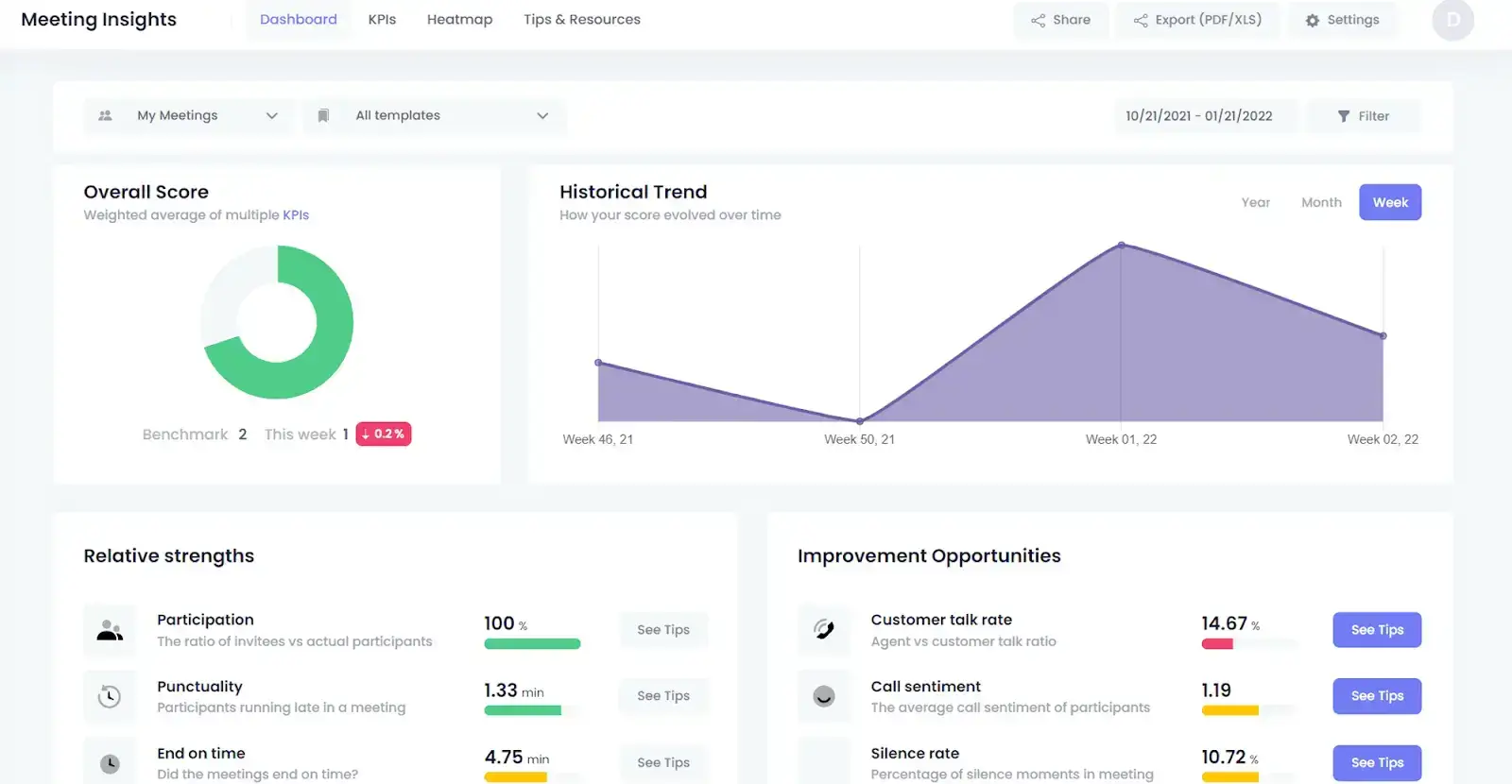
4. Actively Learn from Your Prospects
As a sales rep, it's essential to not only talk, but to also actively listen to your prospect. Good conversations should be two-way exchanges so you both get the chance to learn from each other. Take the time to absorb what your customer is saying. Genuine listening will help you better understand their needs and build rapport.
Ask pertinent questions that show you're interested in more than just their budget. Questions like "Can you explain X a bit further?" nurture a dialogue and prove that you value their opinion. This will offer you in-depth knowledge about their industry and encourage a lasting relationship.
5. Keep Prospects Engaged
Including lesser asked questions in your sales process is an incredibly effective way to keep the conversation dynamic and engaging.
It's important to think carefully about the questions you ask — they should be both unique and demonstrate that you're genuinely interested in your prospect, not just trying to 'sell' to them.
For example, if your buyer works in the healthcare field, you could ask about the challenges they've faced with the pandemic, and how they've been keeping their establishment safe.
Showing that you care about the customer's situation, as well as their work, will help foster a positive relationship and get them talking.
6. Leave Room for Personalization
Selecting open-ended questions and doing research prior to your conversation can help you gain a personal understanding of your buyer. This way, you can customize your sales presentation to be significantly more engaging.
To further strengthen your connection and make the encounter more personal, complete your research on platforms like your customer's website, Facebook, LinkedIn, and Twitter accounts, or any other available source.
7. Avoid Generic Sales Jargon
Don't use jargon when you're speaking with prospects. Even if your audience understands what you're saying, they might have negative associations with the jargon that is irrelevant to the conversation.
There are two types of jargon you must avoid: industry-speak and business-speak.
Industry-speak includes technical terminology and acronyms that may not be recognized outside your field. If you think that there's a high chance your prospect won't understand, you can simply replace them. For instance, replace phrases like "CRM" with "customer relationship management".
Business-speak includes phrases like "circle back" "synergize," and "game changer". These terms can be unhelpful and confusing for prospects.
Instead, rely on simple and descriptive nouns and verbs to explain what you're offering and the advantages they will get. This makes the conversation more accessible and less likely to give the prospect a reason to end it.
8. End Your Sales Pitch With a Commitment to the Next Step
Maintain your focus on your prospects' needs and desires when you're talking to them.
Asking questions is a crucial part of any conversation, but be careful not to frame them in a way that leaves room for doubt. Questions like "Do you understand this?" or "Would you like to give our product a shot?" can make your client feel disregarded.
Instead, end the sales calls by emphasizing the advantages that other customers have experienced when using your product. Choose questions that make the client more confident in your product's worth, and close the call with their commitment to move forward.
Sales Call Talk Track Example
We’ve prepared a quick checklist with examples, so you can start drafting the ultimate talk track!
1. Before the call
I have…:
- Researched the prospect’s website, industry, competitors, and social accounts to gain further insight into the target company
- Developed a clear set of goals for the call and prepared the necessary resources to support them
- Accurately screened the agenda for the call and established a realistic timeframe
2. Opening
I have…:
- Made an appropriate introduction and stated the purpose of the call clearly
- Identified the right decision maker, and made them aware of any potential objections that may arise
- Transitioned smoothly from the introduction to the purpose of the call
3. Qualifying
I have…:
- Understood the target company’s business goals and key objectives
- Explored the challenges and existing solutions already present with the company
- Discussed areas of improvement and the potential of switching to our services or product
- Asked insightful questions to determine the customer’s demands, and listened attentively
- Allowed the customer adequate time to think about their problems carefully
4. Positioning
I have…:
- Accurately identified the customer needs and provided suitable solutions
- Generated interest in our company’s value propositions and offerings
- Highlighted excellent examples of how other businesses faced similar challenges and benefitted from our services or products
5. Presentation
I have…:
- Discussed all essential points that the customer may be concerned about
- Adequately responded to any questions or objections that arose during the call
- Demonstrated expert knowledge when discussing our products or services
- Delivered the presentation clearly and concisely, without using unnecessary jargon
- Impressed the customer with an excellent representation of myself and the company
6. Closure
I have…:
- Competently completed all the steps required to close the call
- Gathered the necessary information from the economic decision-maker, and payment allocation
- Met with all parties involved in the purchase decision
- Verified what needs to be done to complete the sale of the product or services
- Checked on follow-up meetings or upcoming activities as required
- Scheduled post-call activities, such as making follow-ups or sending reminders.
Create Better Sales Talk Tracks Today With MeetGeek
Are you ready to empower your sales reps to feel more confident, answer inquiries effectively, and overcome objections skillfully? It's time to start leveraging talk tracks to help you achieve these results.
To help you on this journey, MeetGeek gives you the tools to build the best talk track and get the most out of it!
Our AI virtual meeting assistant automatically records, transcribes, analyzes, and summarizes your sales conversations, so you can train your sales reps more effectively while becoming a top performer! Try it for free today!
.avif)


